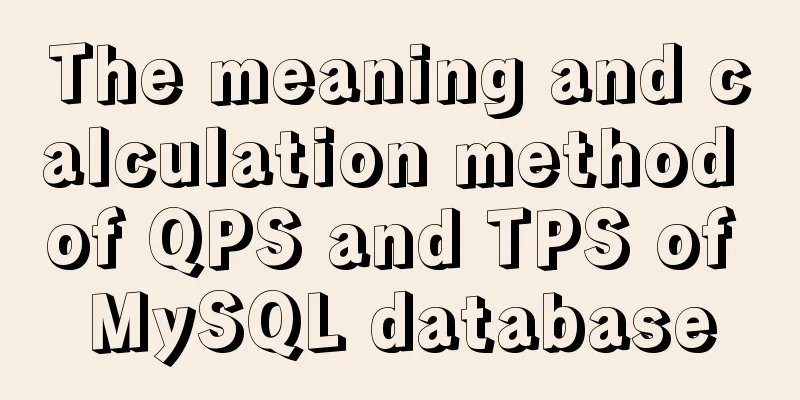Tutorial on how to install htop on CentOS 8

|
If you are looking to monitor your system interactively, htop command should be one of the best choices. An improvement over its predecessor, the top command, htop is an interactive process viewer and system monitor that color-codes resource usage indicators and allows you to easily keep track of system performance. The advantages of htop over top include
Now, let’s jump in and see how to install this handy feature. Install htop on CentOS 8 By default, htop comes pre-installed on CentOS 8. However, if the tool is missing on your system, the installation process is easy and only requires 3 steps.
1. The first step to install Htop tool is to enable EPEL repository. To do this, run: # dnf install https://dl.fedoraproject.org/pub/epel/epel-release-latest-8.noarch.rpm After installing the EPEL repository, update the system.
2. To install the htop tool, just run the following command:
Once the installation is complete, you can find out more about htop by running the command.
3. To start htop, just run the command.
The left part, from top to bottom, shows the usage of CPU, memory, and swap partition. The right part shows: Tasks is the total number of processes, the number of currently running processes, Load average is the average load of the system for 1 minute, 5 minutes, and 10 minutes, and Uptime is the system running time.
The above items are:
Additionally, you can pass some parameters to the command. For example, to list a user's processes. Assume that linuxidc runs the command. To get help on the command usage, just run.
Alternatively, you can view the man page by running the following command: Summarize In this article, you have learned how to install htop on CentOS 8 and how to use the command to retrieve system statistics. The above is the tutorial for installing htop on CentOS 8 introduced by the editor. I hope it will be helpful to everyone. If you have any questions, please leave me a message and the editor will reply to you in time. I would also like to thank everyone for their support of the 123WORDPRESS.COM website! |
<<: JS, CSS and HTML to implement the registration page
Recommend
Using System.Drawing.Common in Linux/Docker
Preface After the project is migrated to .net cor...
How to configure the maximum number of files that can be opened by each Nginx process
1. Check the maximum number of open files in the ...
Introduction and architecture of Apache Arrow, a high-performance data format library package on JVM (Gkatziouras)
Apache Arrow is a popular format used by various ...
MySQL 5.7.24 installation and configuration method graphic tutorial
MySQL is the most popular relational database man...
Detailed explanation of client configuration for vue3+electron12+dll development
Table of contents Modify the repository source st...
How to hide the version number in Nginx
Nginx hides version number In a production enviro...
MySQL5.7 parallel replication principle and implementation
Anyone who has a little knowledge of data operati...
VMware virtual machine installation CentOS 8 (1905) system tutorial diagram
The world-famous virtual machine software VMware-...
MySQL briefly understands how "order by" works
For sorting, order by is a keyword we use very fr...
Detailed explanation of Bootstrap grid vertical and horizontal alignment
Table of contents 1. Bootstrap Grid Layout 2. Ver...
Webpack file packaging error exception
Before webpack packaging, we must ensure that the...
Javascript operation mechanism Event Loop
Table of contents 1. Four concepts 1. JavaScript ...
Detailed explanation of the difference between alt and title
These two attributes are often used, but their di...
Summary of common tool functions necessary for front-end development
1. Time formatting and other methods It is recomm...
Execution context and execution stack example explanation in JavaScript
JavaScript - Principles Series In daily developme...
















